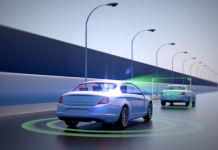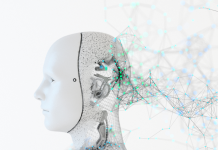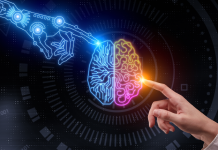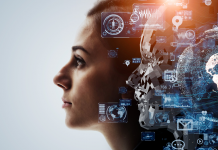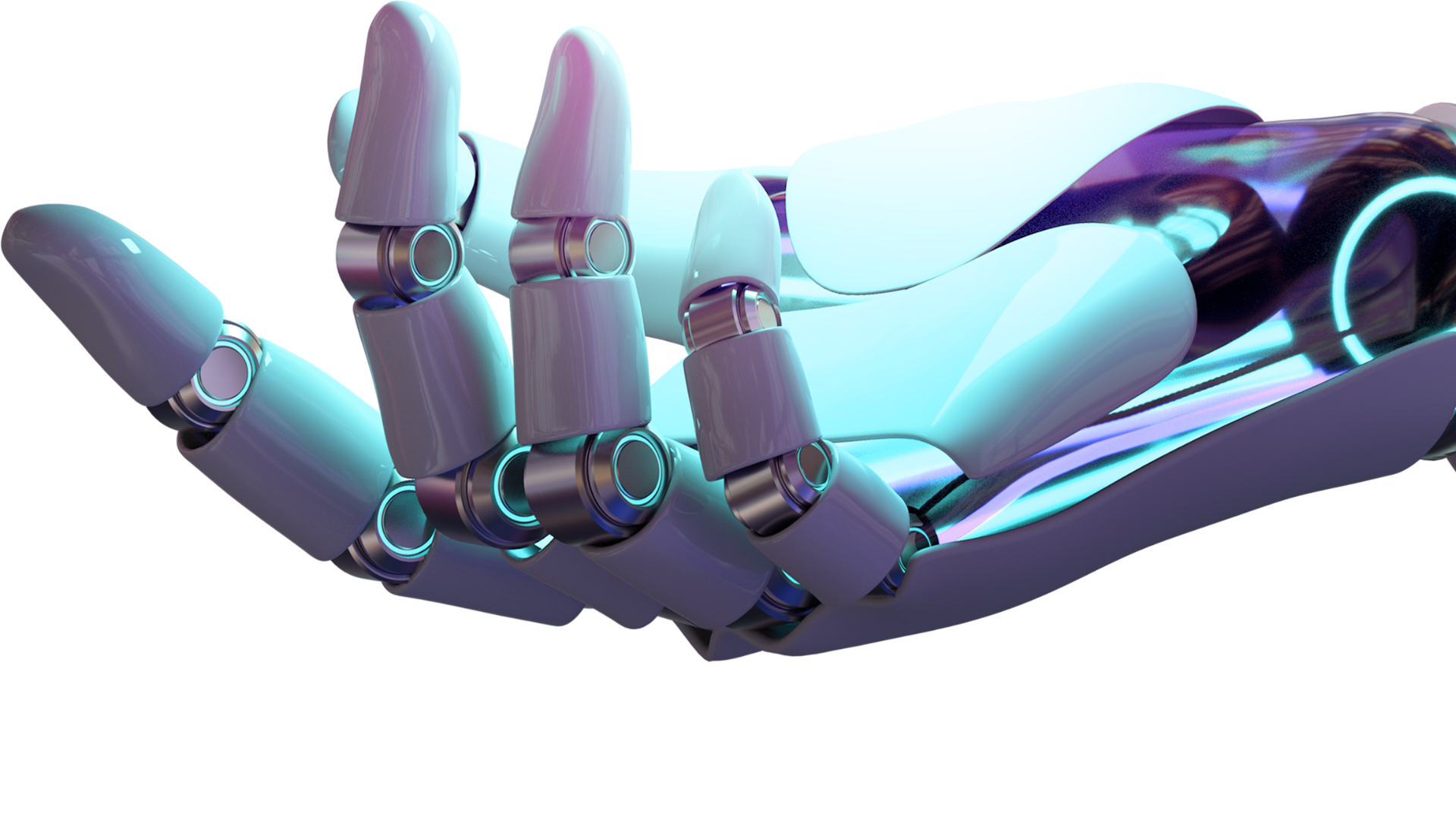
If you’ve been paying attention to the news, you’ve probably heard about the risks of artificial intelligence (AI). From job losses to the end of humanity, there are more than a few reasons to be concerned about AI. But what exactly are these risks? And what can we do about them?
In this blog post, we’re going to talk about 8 major risks of artificial intelligence that everyone should know about. We’ll also discuss how you can prepare for these risks. So read on!
1. Transparency
One of the major risks associated with AI is a lack of transparency. When algorithms are used to make decisions, it can be difficult for people to understand how those decisions were made and why certain outcomes were chosen over others.
This can lead to frustration and mistrust, especially if the results seem unfair or unjustified. Additionally, a lack of transparency may also prevent people from learning from mistakes that have been made by AI systems – which could ultimately limit the effectiveness of these technologies overall.
2. Biased Algorithms
Another risk factor associated with AI relates to biased algorithms. If an algorithm is not properly trained or validated, it may end up incorporating bias into its decision-making process – which could ultimately lead to discriminatory practices against certain groups of people.
In some cases, these biases may even be intentional; however, they can also occur inadvertently due to factors such as data quality issues or incorrect assumptions about how users will interact with the system.
3. Liabilities for Actions
As autonomous systems become more prevalent, there is an increased risk that individuals may be held liable for damages caused by these technologies – regardless of whether they had any control over them.
For example, if a self-driving car gets into an accident, who would be responsible? The answer isn’t always clear, and this issue will likely need to be addressed on a case-by-case basis in future years.
4. Too Big a Mandate
When it comes to AI, one of the major risks is that organizations or individuals may try to give it too large of a role or responsibility. This could lead to disastrous consequences if something goes wrong with the AI system.
For example, if an autonomous car is given the task of driving people around but ends up getting into an accident, this could cause serious injury or even death. Thus, it’s important that we don’t put too much trust in AI and instead use it as a tool to help us achieve our goals rather than relying on it completely.
5. Privacy
Privacy concerns are already rampant when it comes to our personal data being collected by companies through various means such as cookies on websites and apps tracking our location via GPS. However, these issues will only become magnified once artificial intelligence becomes more involved in our lives.
If we start using digital assistants powered by AI, for instance, then all of our interactions with them will be recorded and stored somewhere. This raises significant questions about who will have access to this information and how they might use it. It’s possible that employers might demand access to employees‘ conversations with their digital assistants in order to assess their job performance or weed out potential problems.
In addition, law enforcement agencies might also request access to this data in criminal investigations. As such, there needs be greater transparency surrounding how AI systems collect and store data so that users can make informed decisions about whether they want participate!
6. Artificial Superintelligence
Another of the major risks associated with AI is artificial superintelligence, or ASI. This refers to a hypothetical future AI that is significantly smarter than any human. While there are many possible benefits of ASI, such as solving global problems and increasing efficiency, there are also significant risks associated with it.
For example, an ASI could decide that humans are a hindrance to its goals and attempt to exterminate us. Even if an ASI meant no harm to humans, its actions could still have unintended consequences because of our inability to fully comprehend its mind (the “AI box” problem).
Thus, developing safe and responsible ASIs should be a top priority for anyone working in AI safety research.
7. Autonomous Weapons
The development of autonomous weapons systems – also known as “killer robots” are one of the significant major risks that are associated with AI! These are weapon systems that can select and engage targets without human intervention; in other words, they have the ability to kill without being directly controlled by a person.
The dangers of these weapons are twofold. First, they could be used to commit atrocities such as genocide or ethnic cleansing, as they would remove the possibility of human restraint or compassion. Second, their deployment could lead to an arms race between different nations and/or non-state actors, which could eventually lead to a large-scale war fought with AI weapon systems.
As autonomous weapons become more sophisticated and widespread, it is important to ensure that their use is tightly regulated in order not to cause unintended harm.
8. Fake News
With the rise of AI, fake news has become a major concern for society. With the ability to generate realistic looking images and videos, it is becoming increasingly difficult to distinguish between what is real and what is not.
This can have serious implications for both individuals and society as a whole, as people may believe false information that could lead to dangerous decisions being made. Additionally, social media platforms are using algorithms powered by AI to determine which content users see in their feeds. This means that people may only be exposed to one side of an issue or story, depending on what the algorithm thinks they want to see.
This can create echo chambers where people only hear about things that agree with their existing beliefs, instead of being exposed to new ideas or perspectives!
The Bottom Line
The beauty of AI is that it can do some amazing things. The danger comes in when we stop thinking critically about how we use it, and start to rely on it too much.
We need to be aware of the risks that come with using AI and make sure we’re using it responsibly. We also need to make sure that our AI systems are secure enough so they don’t cause harm by accident or with malicious intent.
By taking these steps, we can ensure that our future with AI is bright!

